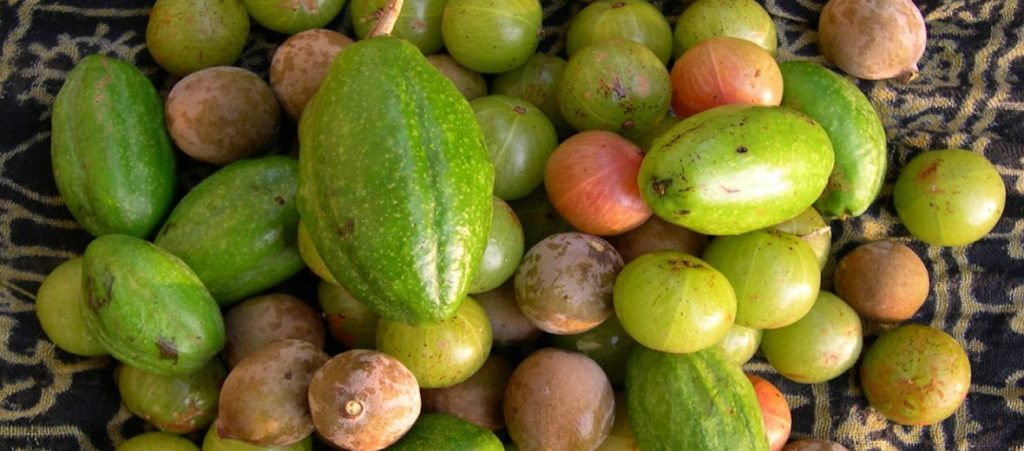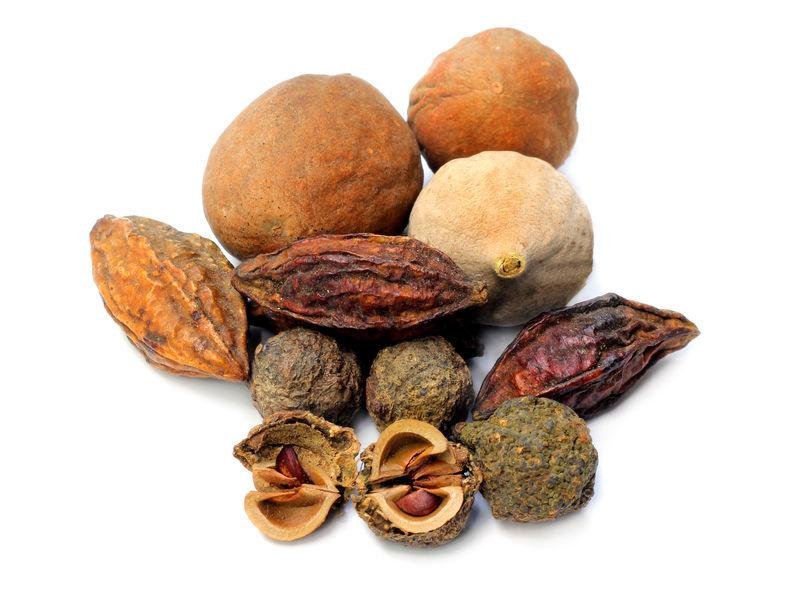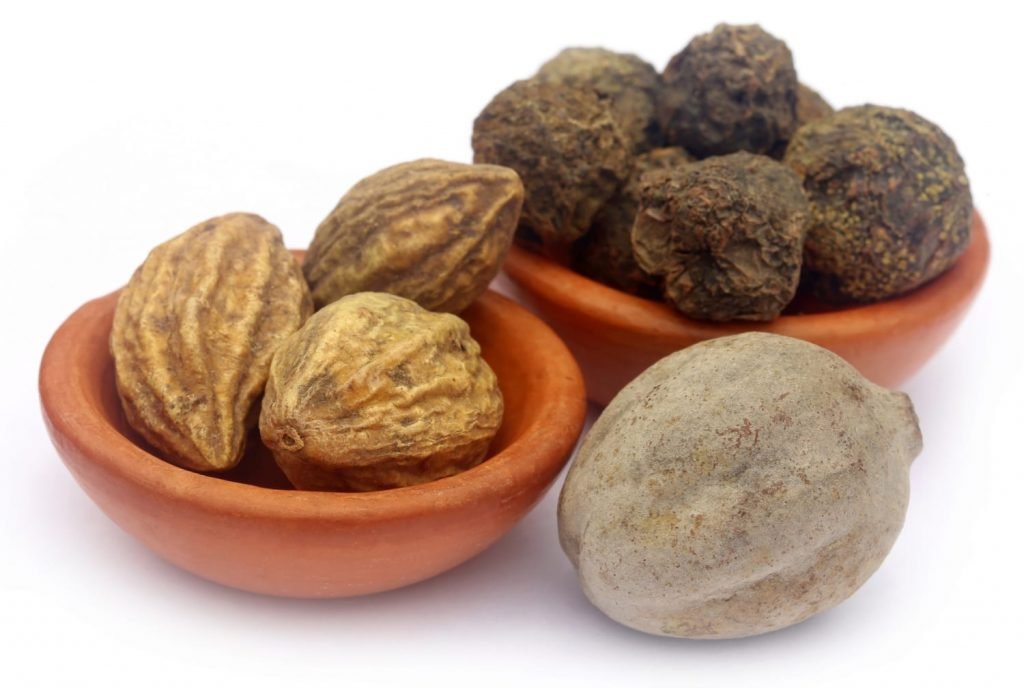
Triphala has been used in traditional Ayurvedic medicine since ancient times as a multi-purpose remedy for symptoms ranging from stomach ailments to dental cavities. It is also believed to promote longevity and overall health. It is considered a polyherbal medicine, which means it contains many different medicinal herbs.
Triphala is a powerful herbal remedy that contains haritaki, bibhitaki and amla. It is used in traditional Ayurvedic medicine to prevent illness and treat a number of symptoms, including constipation and bloating. Triphala is promoted as a treatment for many common ailments and a way to prevent chronic disease.
Triphala has long been used in Ayurveda, a healing system that originated in India thousands of years ago. Today it is used to treat many health conditions. Still, researchers have yet to confirm its benefits.
In Ayurvedic medicine, Triphala is considered to be a tridoshi rasayana. This means that Triphala supports all three doshas: air/space, fire/water, and water/earth. Doshas are the elements responsible for physical, mental and emotional health.
Triphala in Sanskrit means “three fruits.” Triphala is a combination of just that: Indian gooseberry, black myrtle, and baleric myrtle. It is available in the form of powder, juice, tincture, extract, capsule or tablet.
Triphala is derived from the following three fruits: Amla, Haritaki and Bibhitaki. The dry powder of these three medicinal plants is mixed in equal parts to make suitable Triphala powder. Each of these fruits has medicinal value in its own right so combining all three in Triphala can give you all the individual benefits and much more!

Amla (Emblica officinalis) is also commonly known as Indian gooseberry and has been one of Ayurveda’s most prized rejuvenators for centuries. The fruit is very high in vitamin C and is used alone or in combination with other plants to treat the common cold and fever, and as a diuretic, digestive, laxative, liver tonic, restorative and anti-inflammatory agent. is done.
While useful for all doshas, it is considered particularly effective for balancing pitta doshas.
Haritaki or Harda (Terminalia chebula) is also known as the Tibetan “King of Medicine”. Haritaki is widely used in the traditional medicine of India and Iran to treat various health issues, including constipation, dementia and diabetes. It is also anti-inflammatory and calming for Vata dosha.
Bibhitaki (Terminalia bellirica) is another powerful ancient rejuvenator with detoxifying properties. It is widely used in traditional Indian Ayurvedic medicine for the treatment of diabetes, high blood pressure and arthritis. Studies have also shown that the extract of this fruit may be able to stop the progression of atherosclerosis plaques. This fruit is known to benefit from a dosha called kapha.
Some preparations of Triphala also contain guggulu, a tree gum resin, for additional therapeutic results.
Cancer Fighter
A 2015 study looked at Triphala’s antiproliferative (inhibits the growth of cancer cells) and proapoptotic (stimulating programmed cell death of cancer cells) effects on colon cancer cells and human colon cancer stem cells. They found that the methanol extract of Triphala contained a variety of phenolics, including naringin, quercetin, homoriantin, and isorhamnetin.
Overall, they found that Triphala extract was, in fact, able to suppress the proliferation of human colon cancer stem cells and induce cell death, making it worthy of further research as a natural anticancer treatment.

The gallic acid present in Triphala has been shown in scientific research to offer promising anticancer activity, especially when it comes to prostate cancer cells. According to a 2014 study, Triphala mouth rinse may help relieve tobacco-induced oral canker sores. Studies have also shown that it has the ability to kill tumor cells, but it is very promising as a potential anticancer drug by excluding normal cells.
Therefore, it is wise to include this herbal formulation as part of an anti-cancer diet.
Natural Laxative Colon Cleanser and Potential Colitis Helper
Natural laxatives like Triphala are gentler than over-the-counter laxatives, nourish the digestive system and help with regular bowel movements. Triphala can help to clean the colon naturally. It is important to have regular bowel movements to detoxify bacteria, heavy metal and eliminate excess fatty acids from the body.
A colon cleanse can also positively affect the nervous system, which is why it can help with symptoms such as fatigue and anxiety. When it comes to the elimination process, amla supports intestinal repair, haritaki strengthens the intestinal muscles to contract more efficiently when the intestines need to move, and removes old mucus from the bile wall. removes. pulls up.
One study showed that a polyherbal formulation in powder form containing isabgol husk, senna extract and triphala extract is an effective, safe and non-habit-forming herbal laxative formula for the management of constipation. The results of another study showed that Triphala (300 mg/kg) had a significant and reliable effect in reducing colitis in rats. They attributed the positive effect on colitis to the abundant presence of flavonoids and high antioxidant activity.
Weight Loss
There is no dearth of Triphala weight loss articles, but can Triphala really help in weight loss or is it just hype? Since Triphala can encourage regular bowel movements, it makes sense that it can help with weight management and studies are proving Triphala’s ability to fight obesity.
A 2012 study examined the effects of triphala and its constituent fruits on diet-induced obesity and other symptoms of visceral obesity syndrome in rats. The rats were fed a high-fat diet for 10 weeks. Some of these rats supplemented their diet with herbal preparations of triphala or its components. Rats that were given Triphala or its constituent fruit extract had a significant reduction in body weight and percentage of body fat. Triphala treatment also reversed pathological changes in liver tissue
Studies in human obese subjects have had similar results. A recent study looked at obese men and women aged 16 to 60. For 12 weeks, subjects were randomly assigned to take either five grams of triphala or a placebo twice daily. The Triphala group experienced a significantly greater reduction in weight as well as waist and hip circumferences compared to the placebo group. Triphala has antioxidant, free radical scavenging and anti-hyperlipidemia abilities, all of which have a positive effect on metabolic health and discourage obesity.
Lower Cholesterol
Cholesterol is a naturally occurring substance that is made by the liver and is needed by the body for the proper functioning of cells, nerves and hormones. As a result, cholesterol is really important in healthy amounts, but when it’s too high, it can be problematic.
Cholesterol can combine with fat, calcium and other substances in the blood to form plaque. Plaque then slowly builds up and hardens in the arteries, causing them to narrow. This buildup of plaque, a condition called atherosclerosis, can lead to heart disease, heart attack, and stroke.
Triphala can reduce cholesterol levels and arterial plaque. A study published in the Journal of the Pharmaceutical Society of Japan showed that total cholesterol as well as LDL (“bad cholesterol”) were significantly reduced in animal subjects with high cholesterol who were treated with Triphala. One of its three fruits, bibhitaki, has also been shown by researchers to inhibit the progression of atherosclerosis plaques.
Anti-inflammatory and anti-arthritic
Triphala’s high antioxidant and polyphenol content makes it an excellent anti-inflammatory. Almost every disease involves some degree of inflammation. Arthritis is certainly an inflammatory disease; This is an inflammation of one or more joints, which causes pain and stiffness that may worsen with age.
In a gout diet, a smart natural approach should include anti-inflammatory foods and supplements. Most studies have been done on animals, but results are showing that Triphala can be a helpful natural remedy for arthritis sufferers. One study specifically showed that it improves the breakdown of bone and cartilage during rheumatoid arthritis.
Triphala Interesting Facts
Reference to the use of Triphala can be found in the Sushruta Samhita, which dates back to 1500 BCE. As such, Triphala is one of the longest used herbal remedies in the world.
In India it is said: “No mother? Don’t worry as long as there is Triphala.” Indian people believe that it can take care of internal organs as a mother takes care of her children.
Triphala includes five of the six tastes recognized in Ayurveda (sweet, sour, bitter, pungent and astringent). It just lacks salty taste.
The three fruits of Triphala each correspond to one of the three doshas of Indian Ayurvedic medicine.
It is said that out of the three fruits of Triphala, one gooseberry contains 20 times more vitamin C than orange.
Triphala can also be applied to the skin to accelerate the healing of wounds and sunburns.
Triphala is traditionally used as a tonic in hair and eye wash.
How to use
Triphala should be available at your local health store otherwise it can be easily bought online. It can be found in supplement form as a powder, capsule, tablet or liquid extract.
Triphala is usually taken on an empty stomach and can be taken in a few different ways. The powder can be used to make tea by mixing half a teaspoon of the powder in a cup of hot water. Stir well and wait for it to cool down. You can also mix the powder with honey or ghee before meals. The tablets and capsules are usually taken once or twice a day before meals. For a liquid supplement, you will usually be directed to take 30 drops in water or juice 1-3 times a day.
As a digestive tonic and laxative, Triphala is best consumed in the evening, about two hours after a meal and at least 30 minutes before bedtime. Whether you buy the powder, capsule or tablet, dosage instructions should be provided on the packaging. In general, a large dose has a more laxative effect while a smaller dose more slowly cleanses the blood.
As always, if you’re feeling unsure, ask your health care provider for dosage recommendations. Triphala is not addictive and can be taken for a long time. However, it is recommended that you stop taking it every 10 weeks for two to three weeks to allow the body to rest and maintain the effectiveness of the remedy.
Risks and side effects
Triphala may cause gastrointestinal side effects. When you first start taking it, side effects may include increased intestinal gas because of the potential cleansing and detoxification effect on your digestive system. If you have diarrhea or diarrhea after taking it, this likely indicates that you are taking too high a dose and you should reduce your dose.
If you are using Triphala for laxative purposes, you should make sure that you do not show any signs of dehydration, including muscle weakness, dizziness, or excessive thirst. Stop taking Triphala if you have symptoms of dehydration.
It should or should not be used with caution by people taking blood thinners. It is not recommended for pregnant or nursing women or children. It should also not be used in cases of diarrhea or dysentery.
If you have any health concerns or are taking other medications or supplements, check with your doctor to make sure triphala is an acceptable herbal remedy for you.

